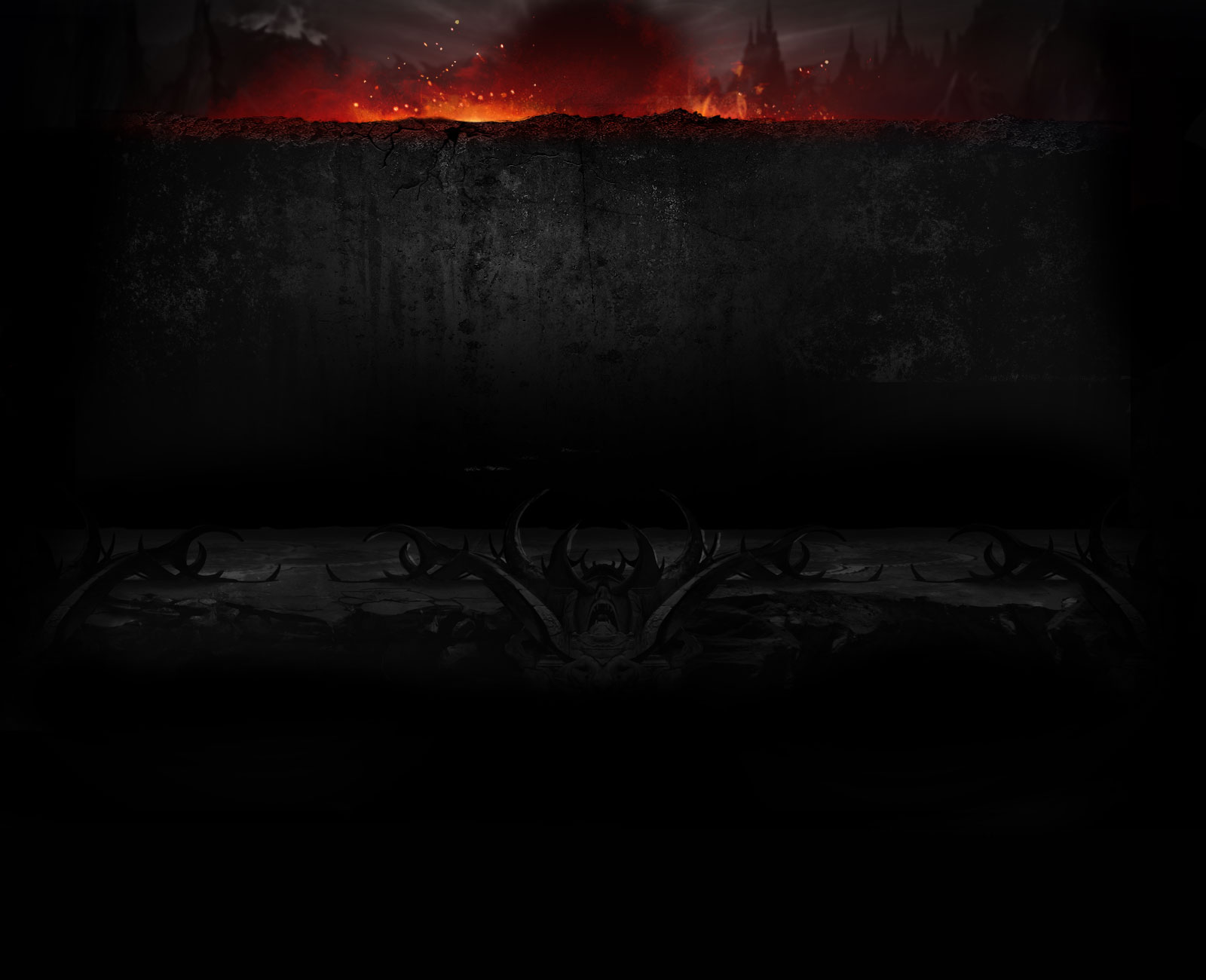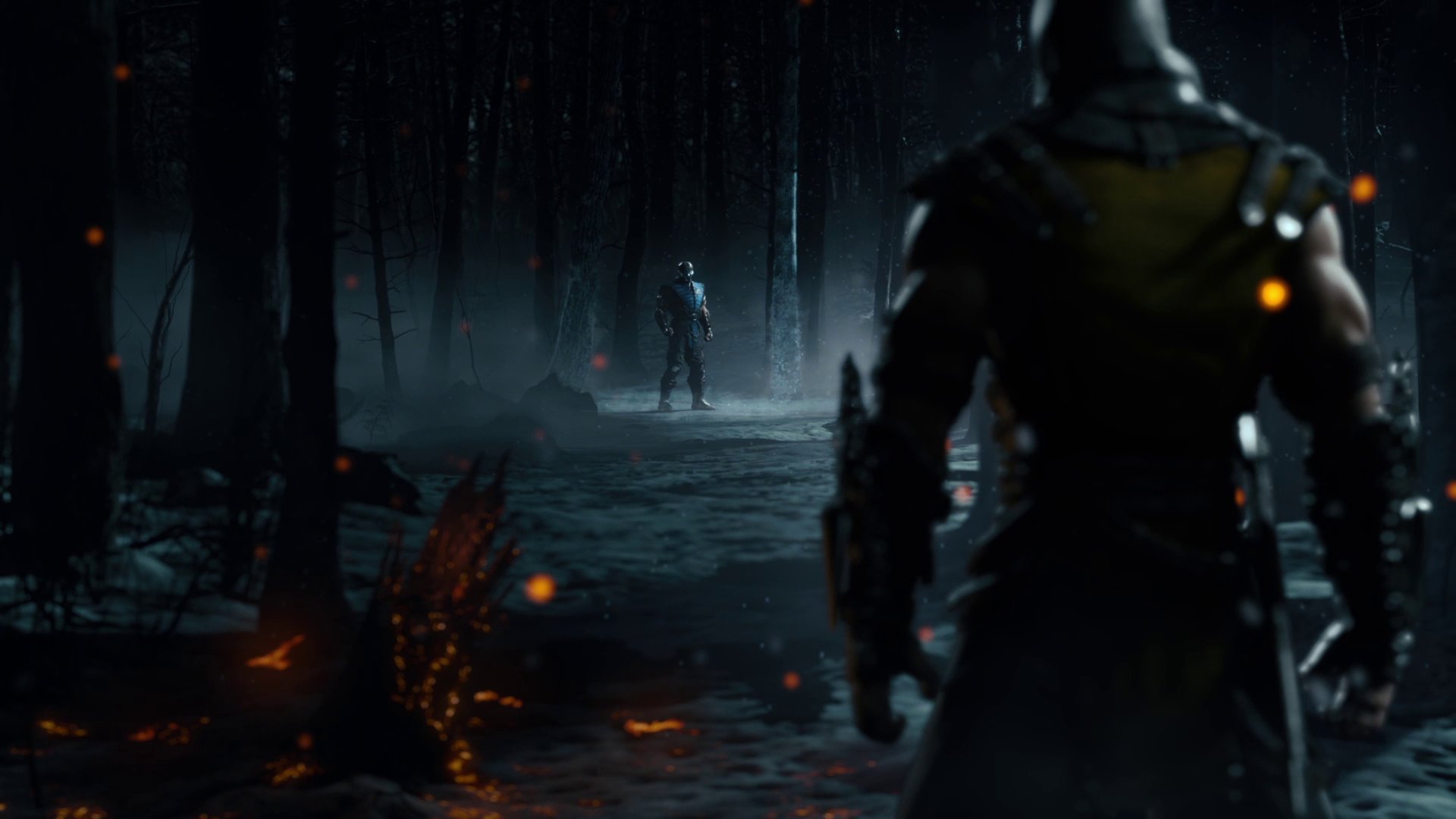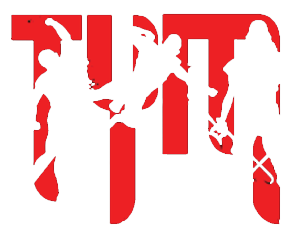The only example where I would consider frame data as helpful is if for example Johnny Cage had a simple string of 1, 1, 2 and I was playing Smoke and I knew that after his 1, 1 there is a short period of time where I can attack him, before he is able to use his 2, but uhm - I don't know what I'm talking about. Sorry!
I'll try and translate the numerical information into something a little more understandable.
Here's a few things knowing the frame data can help you with:
A) Can I interrupt this move on start up? If my opponent's standing punch is 10 frame start up, and mine is 8 (or less than 10), the answer is yes. In an actual match what that means is, he has to be afraid of my standing attack because it is active faster. I can pressure him with my stand punch (literally just spam this in his face), if he tries to retaliate he'll get hit. His only answer is to block it, or whiff punish (i.e. he's outside the range of my standing attack and hits me as soon as it finishes - that's called whiff punishing).
B) Can I punish his move on block? If his jumping attack is plus 15 on block, then that means he recovers faster than I do after landing it (and I am in block stun for 15 frames). Thus, I cannot punish it and he most likely can follow up (thus allowing him to combo and continue offensive pressure).
But if his move is minus 15 on block, that means after blocking the attack, I recover faster than he does (he is now in recovery for 15 frames), so I can punish with something that has less than 15 frame start up.
Generally speaking, you want to find your character's fastest start up moves and of those, whichever leaves you at a greater advantage as these will be your main pressure tools or ''buttons'' that you can readily press and use to create an offensive. E.g. A move with 5 frame start up, plus 10 frame advantage on block is a better pressure tool than a move with 10 frame start up and minus 6 frame disadvantage on block.
But what about moves with disadvantage on block? These aren't used to pressure your opponent, but to build damage instead. Usually these moves have higher damage ratings, so are often used as combo fillers or enders providing you with decent damage.
p.s: The frames used are obviously for examples only but I think you get the picture









